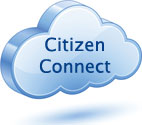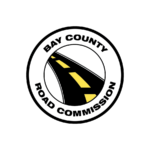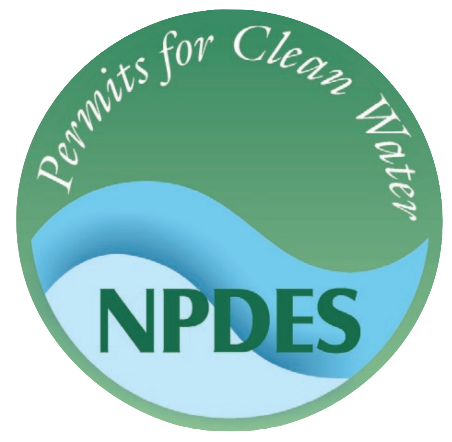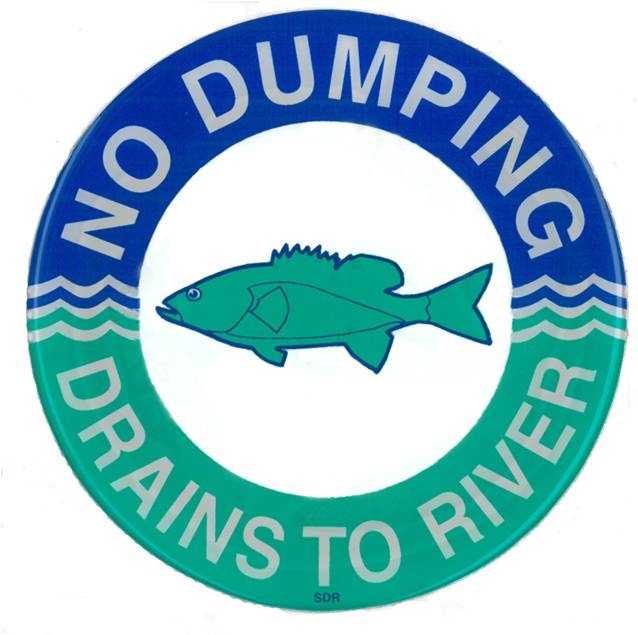Speed Zones
Speed zones are often taken for granted and until a problem arises, most people pay little attention to the theory behind them. The following information will help you understand how speed zones are established, and what they can and cannot do.
Speed Zone Misconceptions
When traffic problems occur, concerned citizens frequently ask why we don’t lower the speed limit. There are widely held misconceptions that speed limit signs will slow the speed of traffic, reduce accidents, and increase safety. Most drivers drive at a speed that they consider comfortable, regardless of the posted speed limit. Before and after studies have shown that there are no significant changes in average vehicle speeds following the posting of new or revised speed limits. Furthermore, research has found no direct relationship between posted speed limits and accident frequency.
Speed Laws
All fifty states base their speed regulations on the Basic Speed Law: “No person shall drive a vehicle at a speed greater than is reasonable or prudent …and in no event at a speed which endangers the safety of persons or property.
Under Michigan law, the maximum speed limit in urban areas is 55 MPH. All other speed limits are called prima facie limits, which are considered by law to be safe and prudent under’ normal conditions. Certain prima facie limits are established by State law and include the 25 MPH speed limit in business and residential districts, 25 MPH in school zones before and after the school day as posted, and the 15 MPH speed limit on roads adjacent to publicly owned parks or playgrounds. These speed limits need not be posted to be enforced.
Speed limits between 25 and 55 MPH are established on the basis of traffic engineering surveys. These surveys include an analysis of roadway conditions, accident records and a sampling of the prevailing speed of traffic. A safe and reasonable limit is set at or below the speed at which 85% of the drivers drive.
Traffic flowing at a uniform speed results in increased safety and fewer accidents.
Drivers are less impatient, pass less often, and tailgate less, which reduces both head-on and rear-end collisions.
The posting of the appropriate speed limit simplifies the job of enforcement officers, since most of the traffic is voluntarily moving at the “posted” speed, blatant speeders are easily spotted, safe drivers are not penalized, and patrol officers aren’t asked to enforce and defend unrealistic and arbitrary speed limits.
Residential Streets
25 MPH speed limit signs may be posted on residential streets without conducting a speed survey. A local street, which is not designated as an arterial or collector on the Federal System Map, may have its residential streets posted at 25 mph. In order for a street to be designated as a local street the following characteristics should apply:
- The width cannot exceed 40 feet.
- The interrupted length cannot be more than 1/2 mile (interruptions include official traffic control devices such as stop signs and traffic signals).
- There can be no more than one traffic lane in each direction.
Collector Streets
Collector streets typically conduct local street traffic to the arterial street system. There are a number of streets in the County, which are designated collector streets. Although these streets are of a residential nature, they are not local streets and require speed limits to be posted based on speed surveys. Typically, the streets have speed limits of 30 mph to 45 mph.





